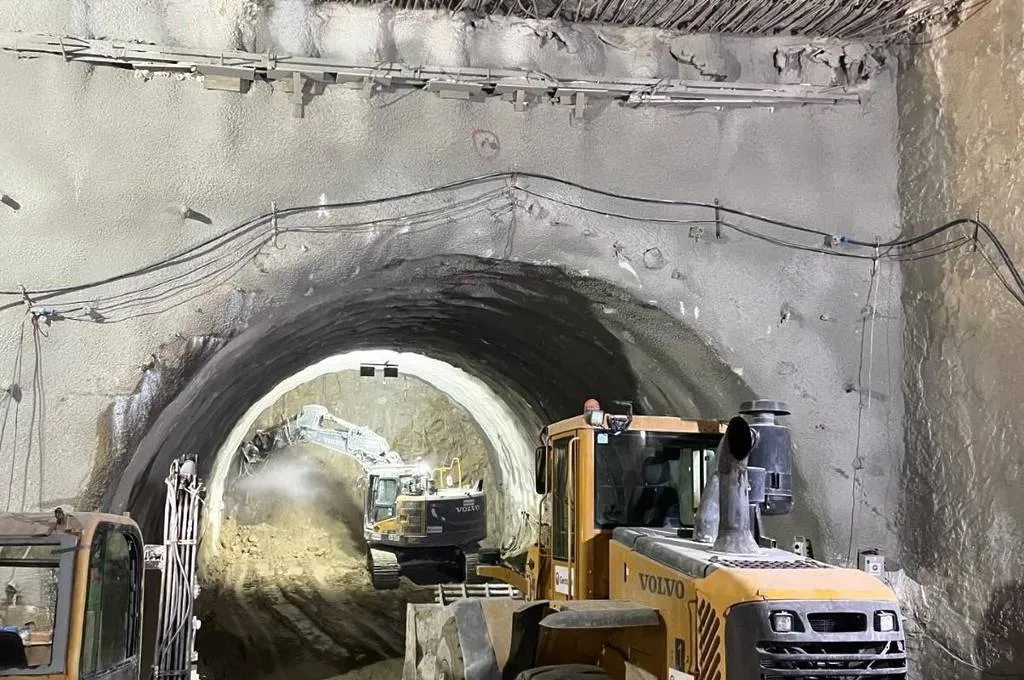In the heart of Porto, a city where history and modernity intertwine, an ambitious project has recently overcome significant challenges to bring the Metro do Porto’s pink line to life. The construction of the Hospital Santo António station, detailed in a study published in the journal Geotecnia (Geotechnics), is a testament to innovative engineering and problem-solving in urban environments. Lead author Antony Pereira, of CJC Engenharia e Projetos in Brazil, and his team have shared insights into the obstacles faced and the creative solutions implemented, offering valuable lessons for the energy sector and urban infrastructure development.
The project was far from straightforward. The team had to navigate around an existing road tunnel, manage an underground water line, preserve mature trees, and minimize disruptions to nearby buildings and traffic. “The complexity of the site required us to think outside the box,” Pereira explains. “We needed solutions that were not only technically sound but also environmentally sensitive and socially responsible.”
The solution? A subterranean network of large-section tunnels, wide-diameter shafts, and inclined tunnels for station access. The team employed the New Austrian Tunneling Method (NATM) for the tunnels and sequential vertical excavation for the shafts, tailoring their approach to the specific geotechnical conditions. This method, Pereira notes, “allowed us to mitigate environmental impacts significantly while ensuring the safety and stability of the surrounding urban fabric.”
The success of this project could have significant implications for the energy sector, particularly in urban areas where space is limited, and environmental and social considerations are paramount. As cities worldwide grapple with the need to expand and upgrade their infrastructure, the lessons from Porto offer a promising blueprint. “The strategies we developed could be adapted for various underground projects, from transportation to energy distribution,” Pereira suggests.
Moreover, the project’s focus on minimizing disruptions could translate into reduced costs and improved public acceptance for energy projects, which often face opposition due to their potential impacts on local communities and the environment. By demonstrating that innovative engineering can overcome these challenges, the Hospital Santo António station project sets a compelling precedent.
As Pereira and his team have shown, the key to success lies in understanding and respecting the site’s complexities while leveraging innovative techniques and technologies. With such an approach, the future of urban infrastructure and energy development looks increasingly bright. The study, published in Geotecnia, serves as a valuable resource for professionals seeking to navigate the intricate landscape of urban underground construction.

